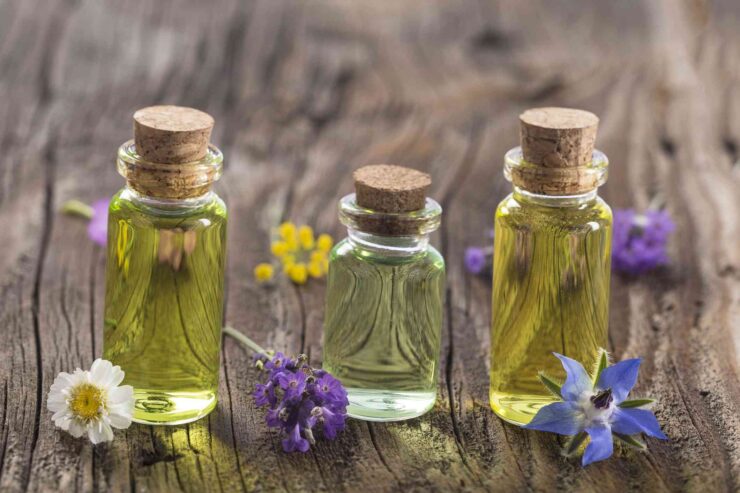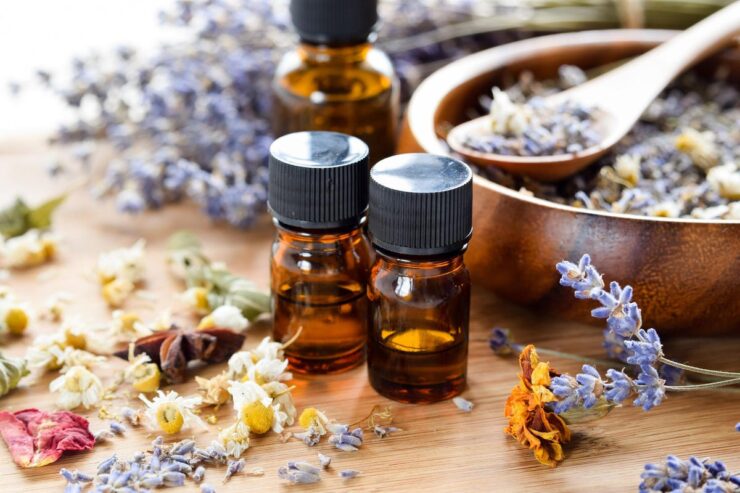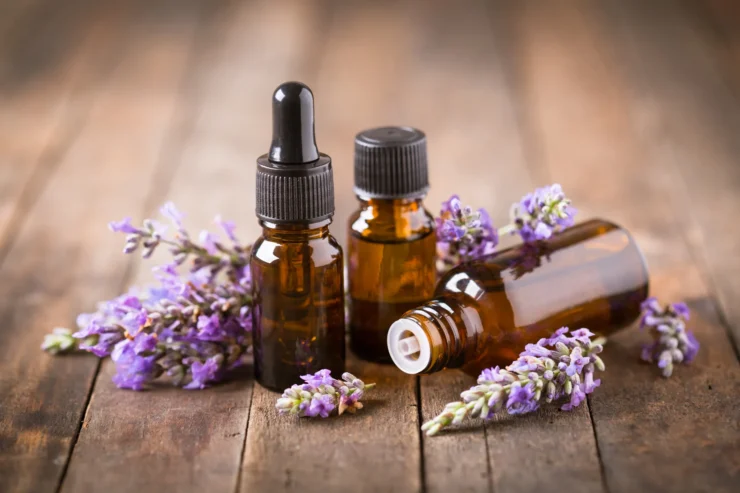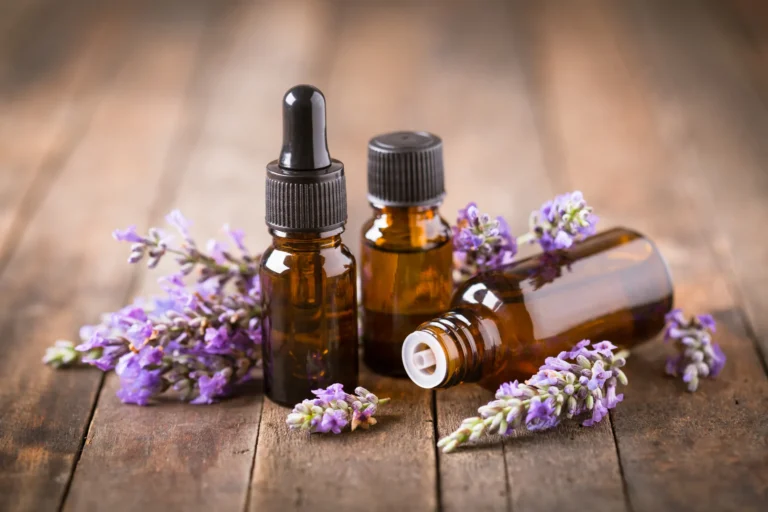As people continue to look for more ways to keep themselves healthy naturally, interest in essential oils is on the rise. When purchasing essential oils wholesale or retail, you must know what separates high-quality products from poor ones. Understanding how they are made gives buyers an edge when shopping.

What Is an Essential Oil?
Essential oils are the volatile liquid inside almost every spice and herb. They can contain hundreds of individual chemical compounds. Each plant’s unique combination of compounds gives it the characteristic flavor or aroma it is known for. Separating and extracting the end product is not an easy job. The three main methods of extraction are steam distillation, cold press distillation, and solvent extractions.
Steam Distillation
Most essential oils are extracted through steam distillation. It is an efficient and economical process for extraction and does not require any additives other than steam. During steam distillation, plant matter and water is superheated in a still. The bark, seeds, leaves, flowers, wood, or roots may be used depending on what the plants’ best source is.
The steam pulls the oils from the plant, producing a high-quality hydrosol—a mixture of aromatic water and droplets of essential oil. As the hydrosol cools, the oil floats to the top of the water where it can be skimmed off. It is then siphoned to a holding tank ready to fill bottles.

Cold-Pressing
The oils of some plants become less potent when exposed to heat. Many citrus varieties are cold-pressed or “cold-press distilled” for this reason. Before the availability of cold-pressing technology, many citrus varieties were the result of a labor-intensive process known as sponge processing.
Today, cold-pressing makes it possible to do large extractions in a relatively short time. For cold-pressing, fruit travels across rasping cylinders where its skin is punctured, and the small fluid-filled sacs burst open. Water is sprayed over the punctured fruit, which results in a mixture of water, oil, fruit flesh, and other particles. This aromatic mixture is filtered and then processed in a centrifuge to separate the drops of pure essential oil.
Some of the most commonly used essential oils that are cold-pressed include:
- Lemon
- Lime
- Wild orange
- Blood orange
- Yuzu
- Tangerine
Cold-pressed products are especially potent in their fragrance. It takes very few drops to scent products. Avoid using citrus essential oils directly on the skin. Always dilute them with a carrier oil such as jojoba or sweet almond oil before application.
Solvent Extraction
Many flower oils cannot be extracted through pressing or distilling because the petals do not contain enough of liquid. Jasmine is one example. Solvent extraction is a complicated method, and most products that are derived from solvent extraction come with a high price tag.
The process uses a food-grade solvent such as hexane to remove the volatile oils, plant waxes, and pigments to create a highly aromatic compound called a “concrete.” When the concrete is mixed with alcohol, the oil is released and separated from the waxy residue. The end product is referred to as an “absolute”.
Absolutes are more potent than essential oils and have a thicker consistency. Jasmine Rose and vanilla are the most common absolutes.

Carbon Dioxide Extraction
When carbon dioxide (CO2) is pressurized, it turns from gas to liquid. Liquid CO2 can be used as a solvent to extract essential oils from plants. Then, the CO2 is depressurized, turning the liquid back into the gas and leaving only the plant oils behind. CO2 extraction is cleaner than other types of solvent extraction because no traces of CO2 are left behind.
Some experts believe CO2 extraction is superior to all other methods and claim that the results are more intense and fresh. CO2 extraction leads to a thicker consistency than steam distilled or cold-pressed oils, but they are more susceptible to spoilage from heat or sunlight exposure.
Should You Buy Wholesale?
Buying essential oils at wholesale prices doesn’t always mean you need to buy a gallon at a time. Some wholesale outlets offer quantities as small as .5 oz. Whether you are making bath and body products for yourself, or as a business, or if you use them for aromatherapy and self-care, getting the best possible price for high-quality oils is always a good idea.
Essential oils have a very long shelf-life. They don’t keep forever, but when stored properly, out of sunlight and heat, they can last many years.
On average, you can estimate a shelf life of:
- 2 years for monoterpenes like cypress, lemon, and sweet orange
- 4 years for oxides like rosemary
- 5 years for phenols including oregano and clove bud and aldehydes such as lemongrass and Melissa
- 5-7 years for ketones like clary sage and hyssop
- 6 years for monoterpenols including peppermint, lavender, and thyme
- 6 years for esters and ethers such as anise, chamomile, and nutmeg
- 10 years for sesquiterpenes and sesquiterponals which include woody plants like cedarwood, myrrh, and sandalwood

Are you still interested in buying essential oils wholesale? As long as you buy quality products and pay attention to how they are made, they are a good investment in your health or business.

